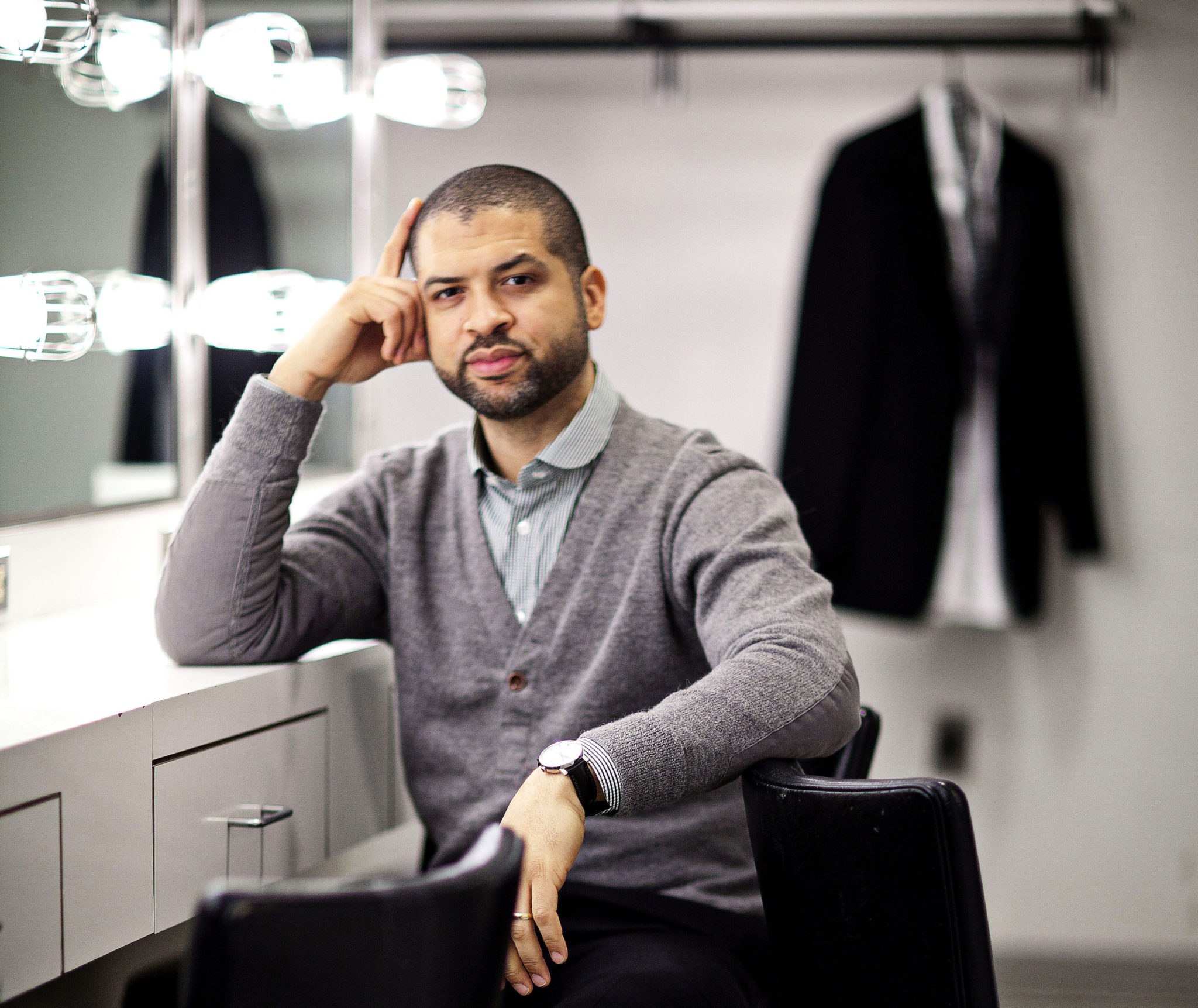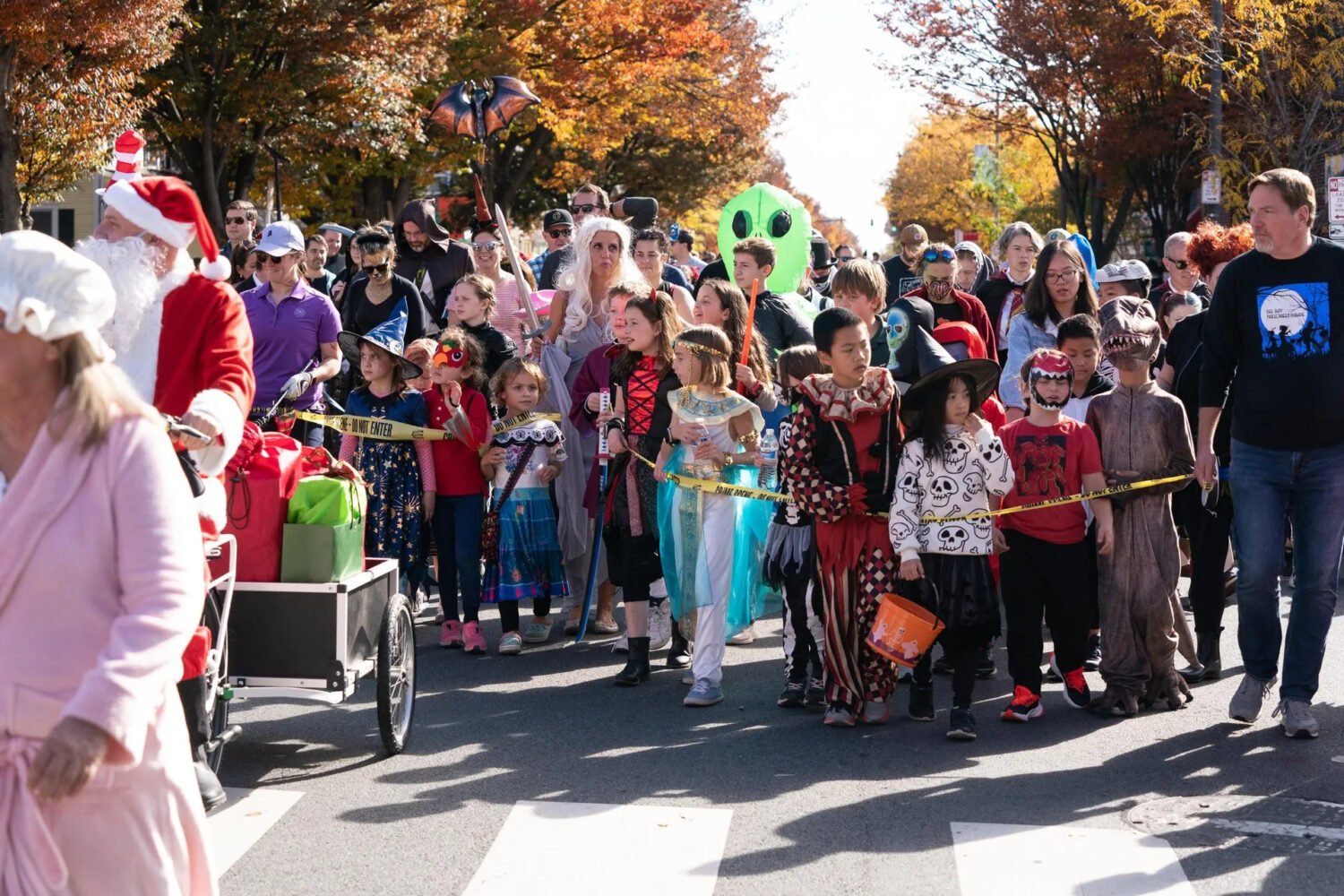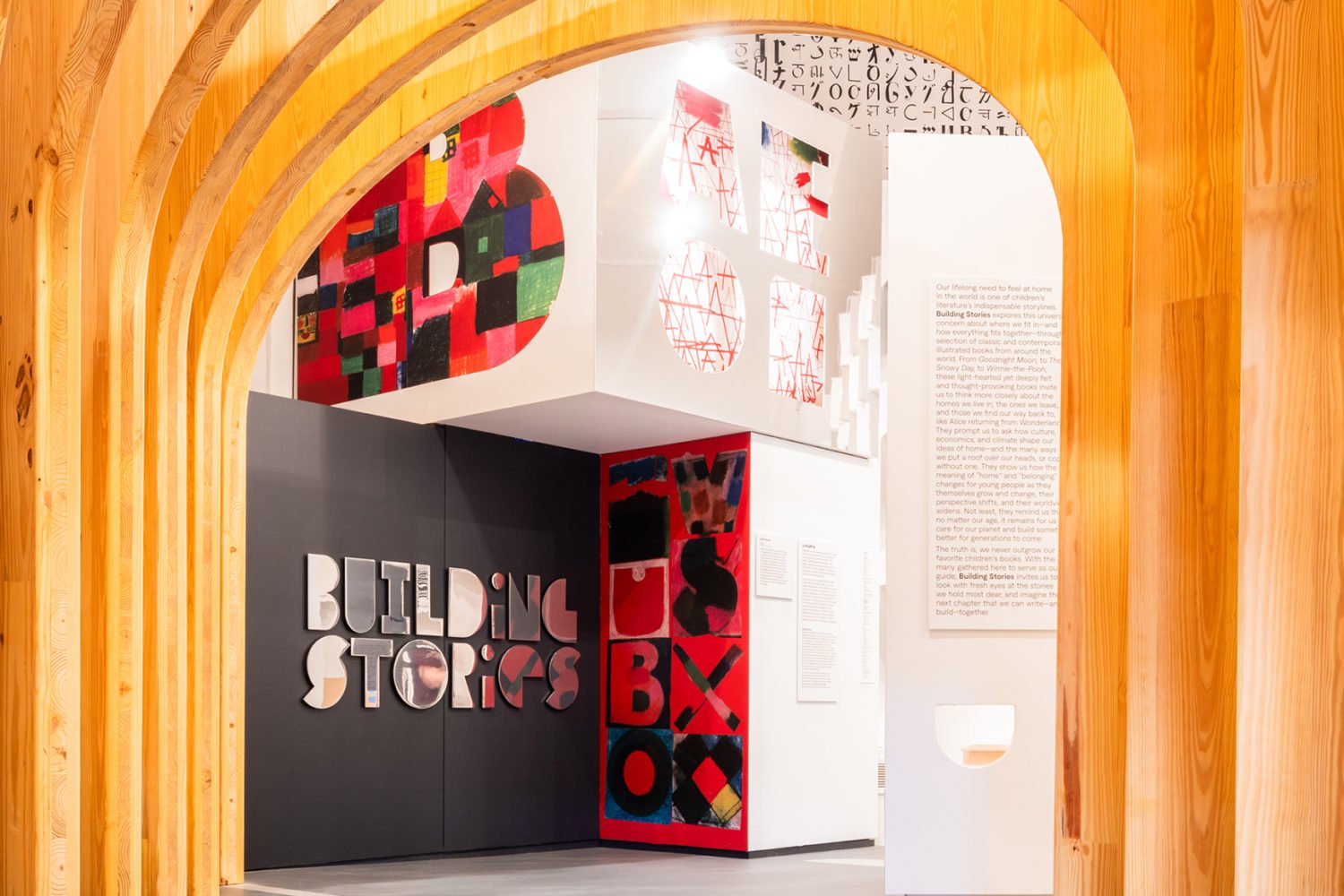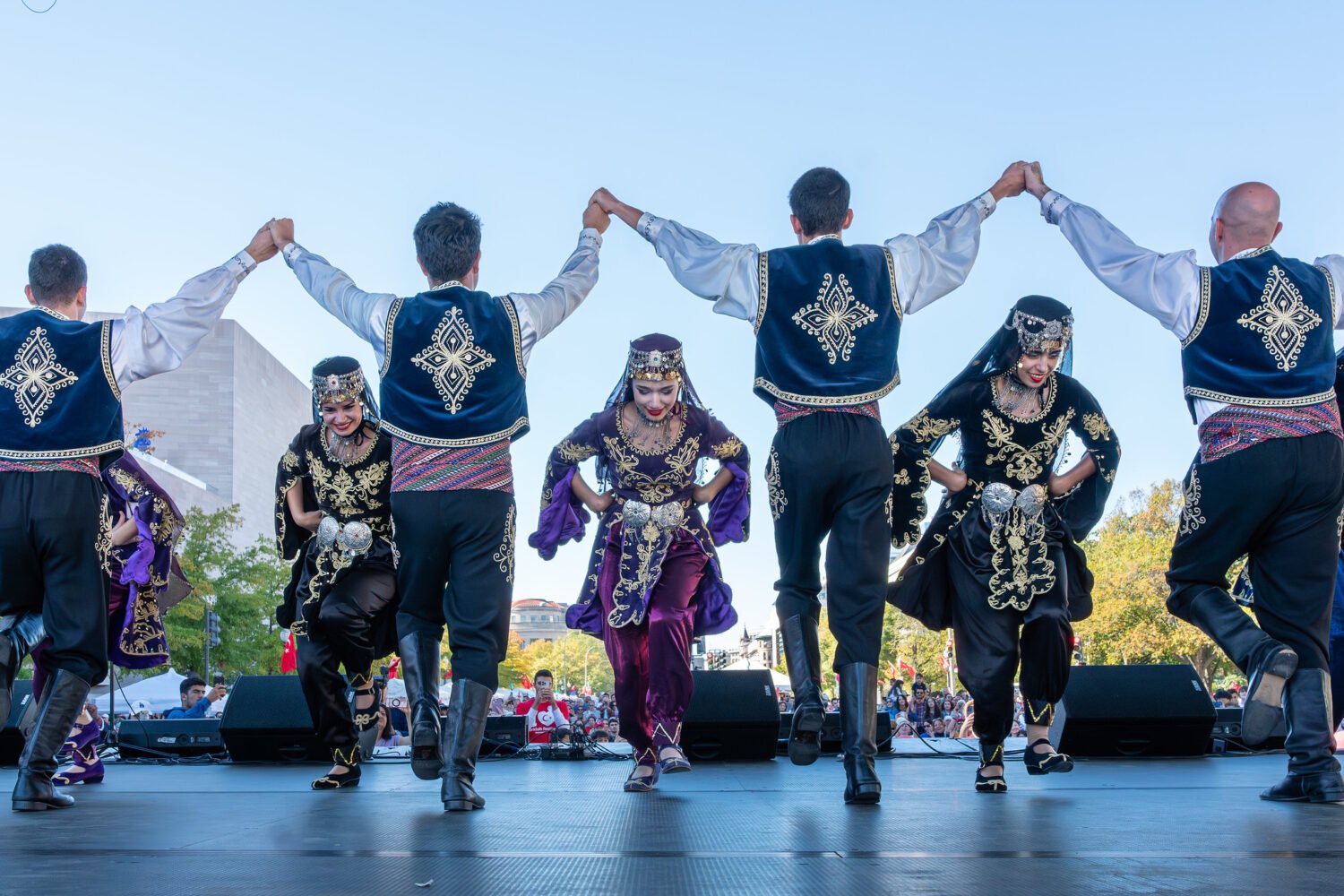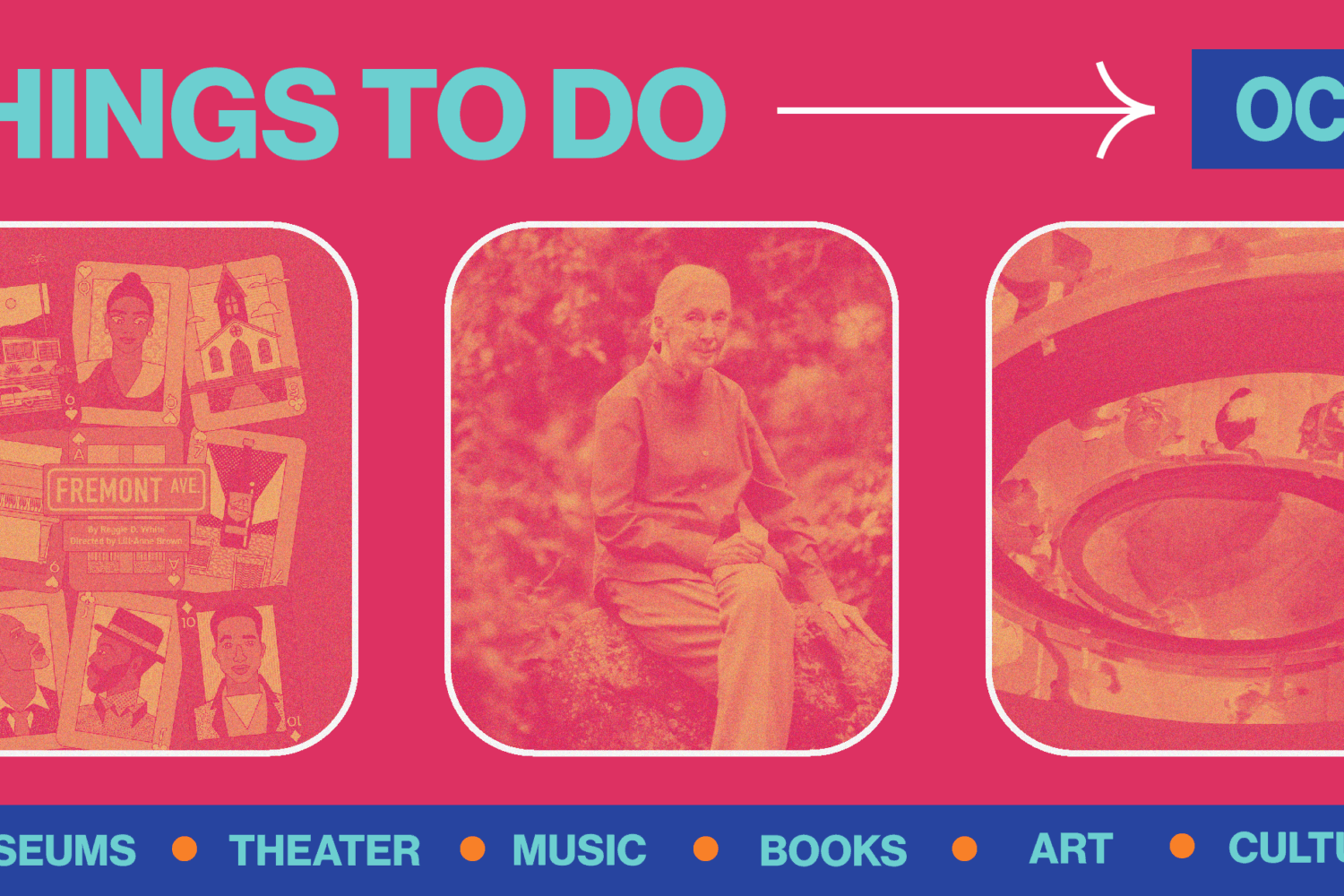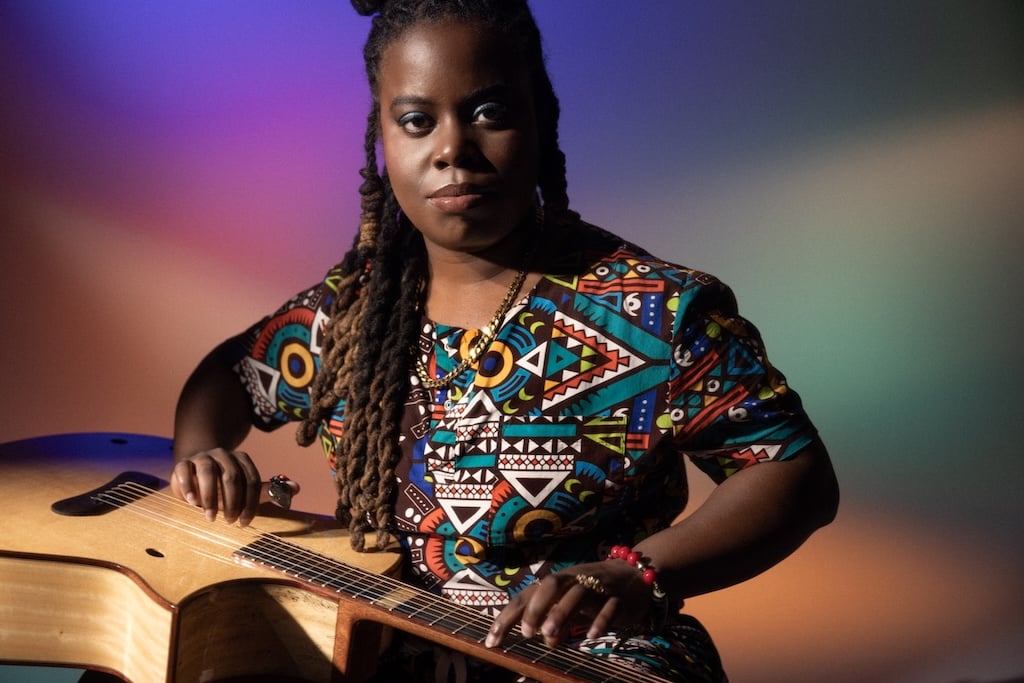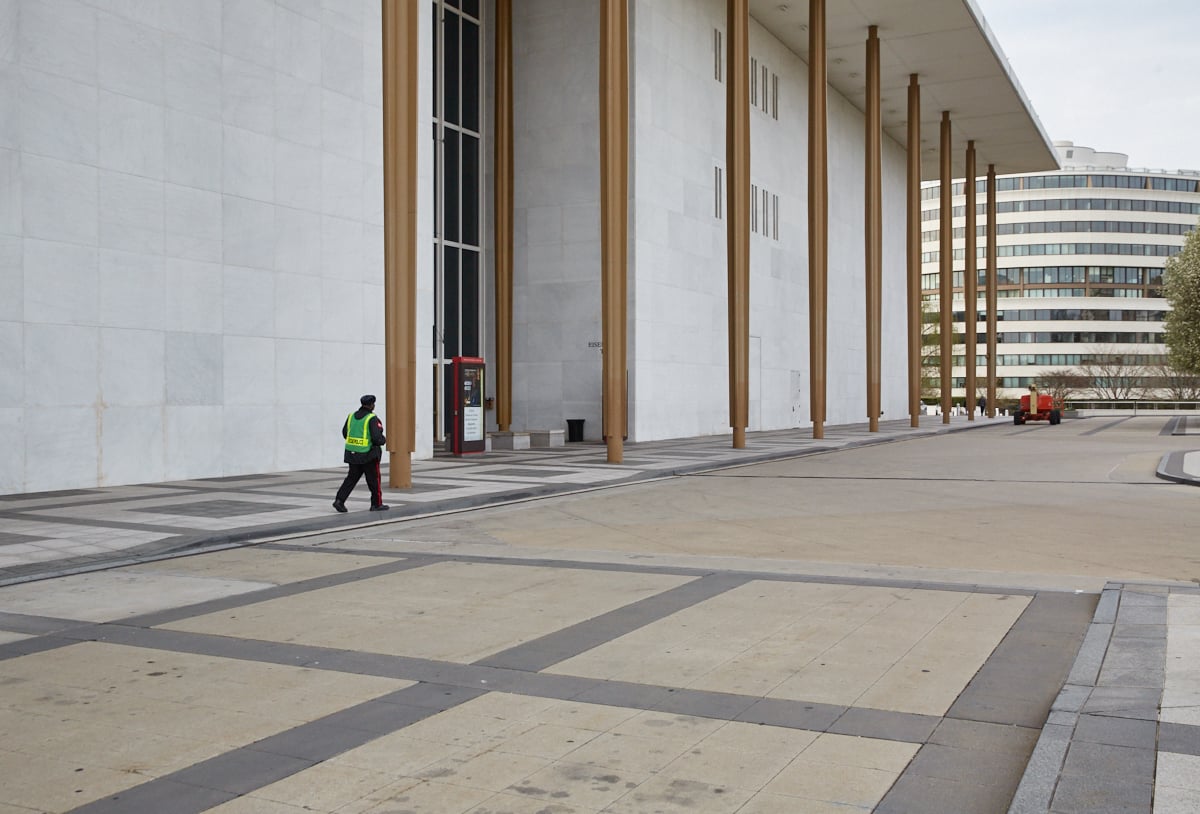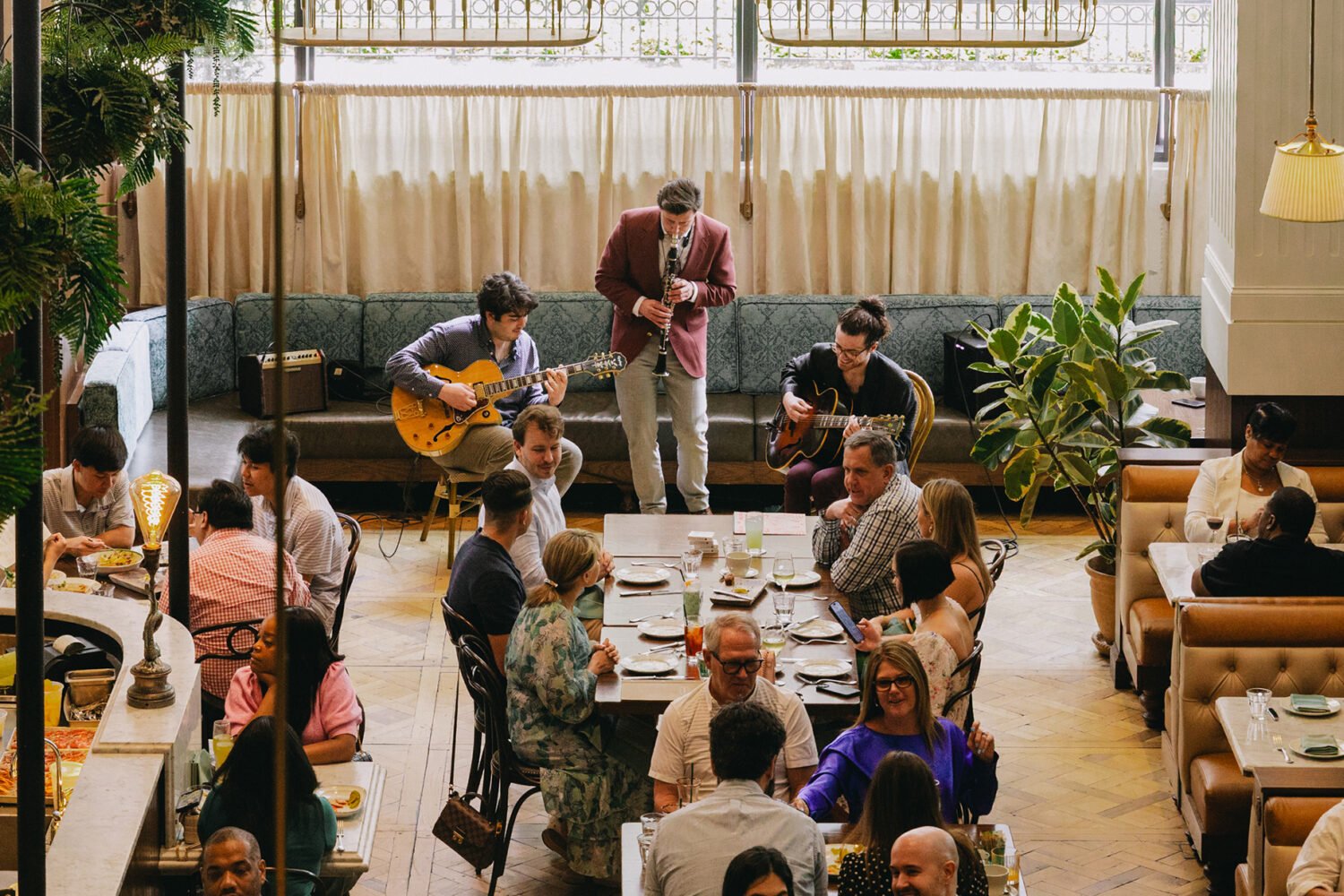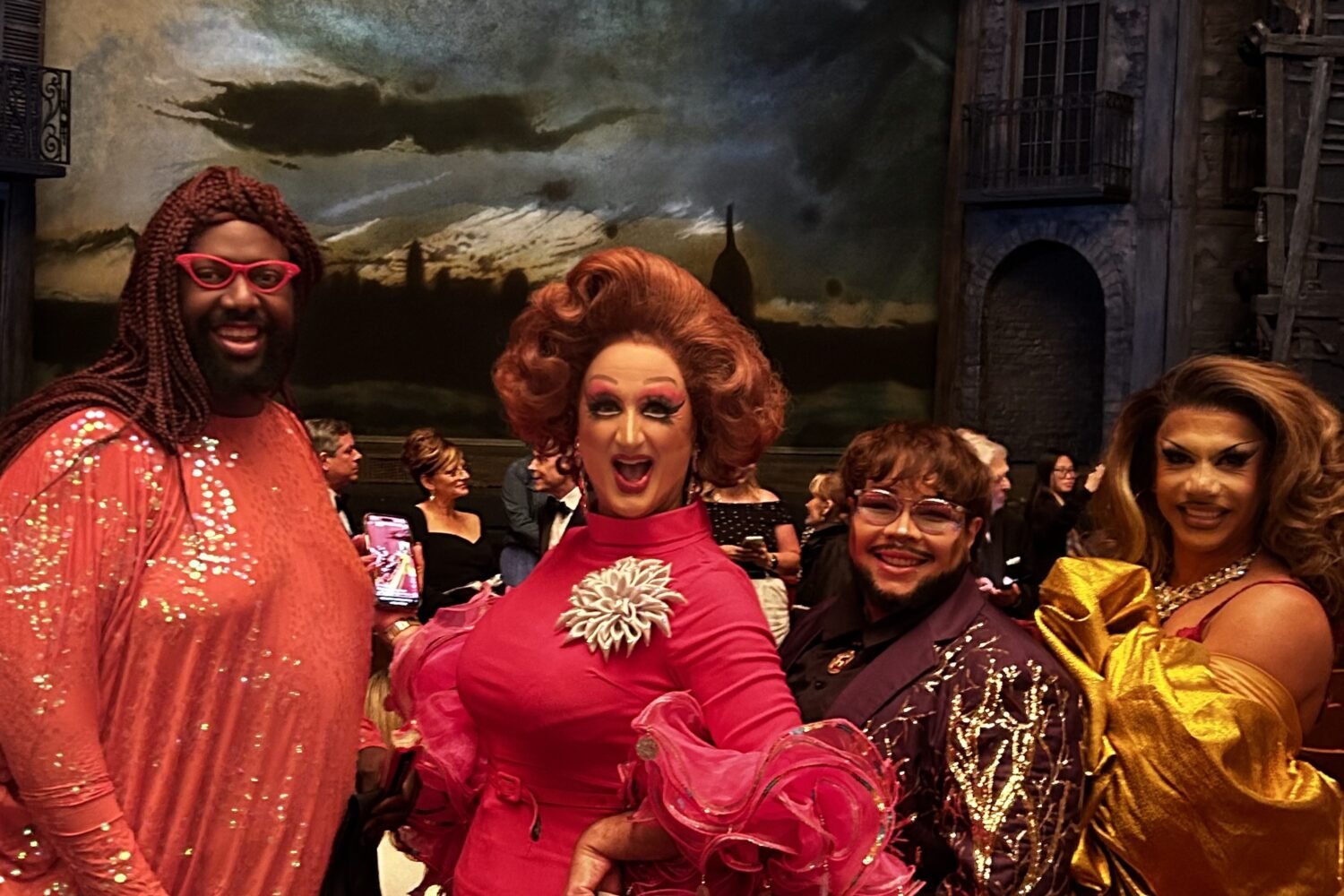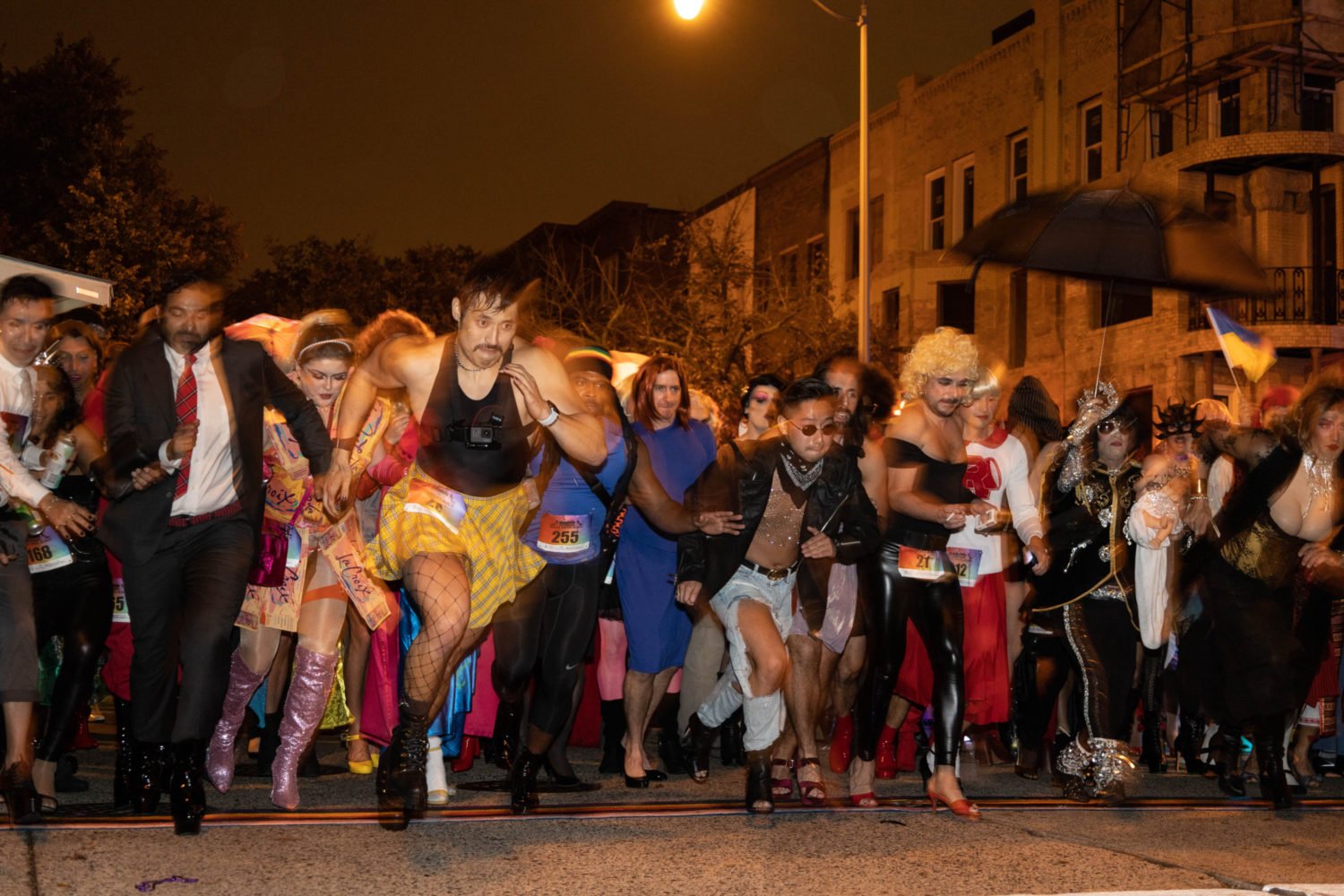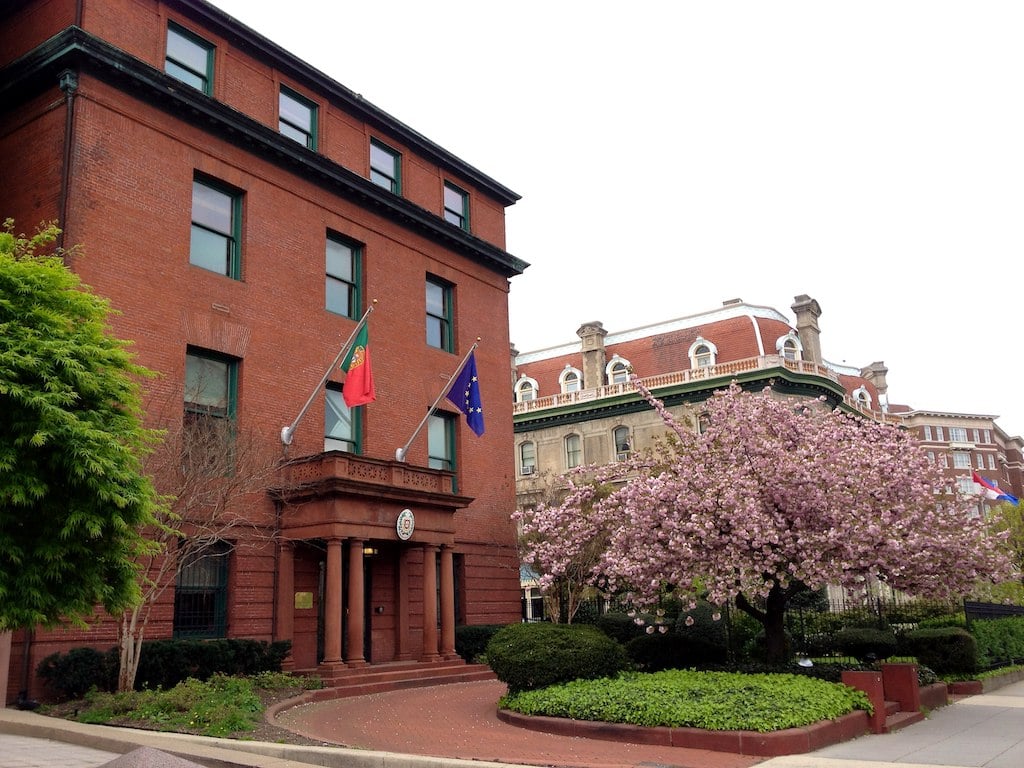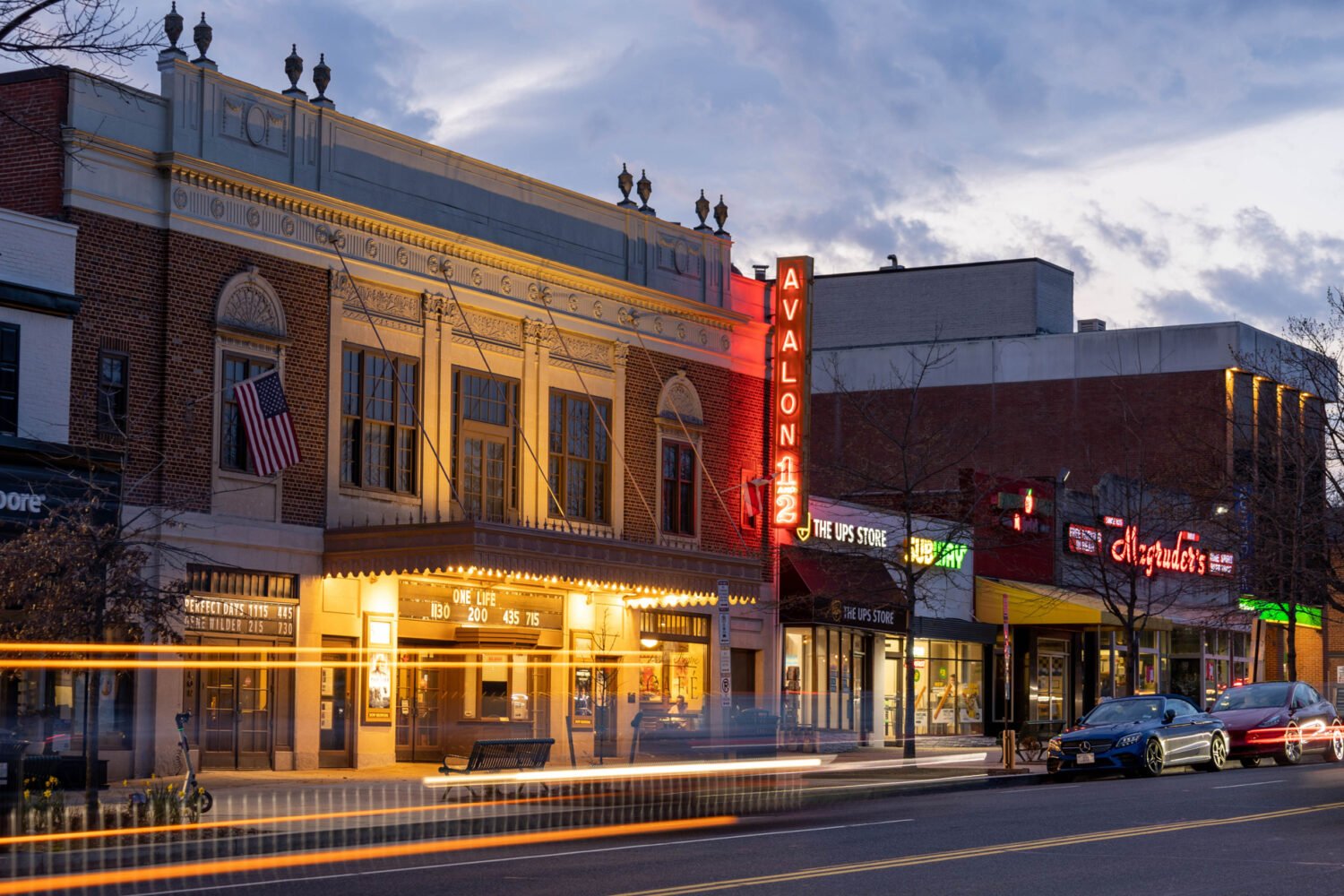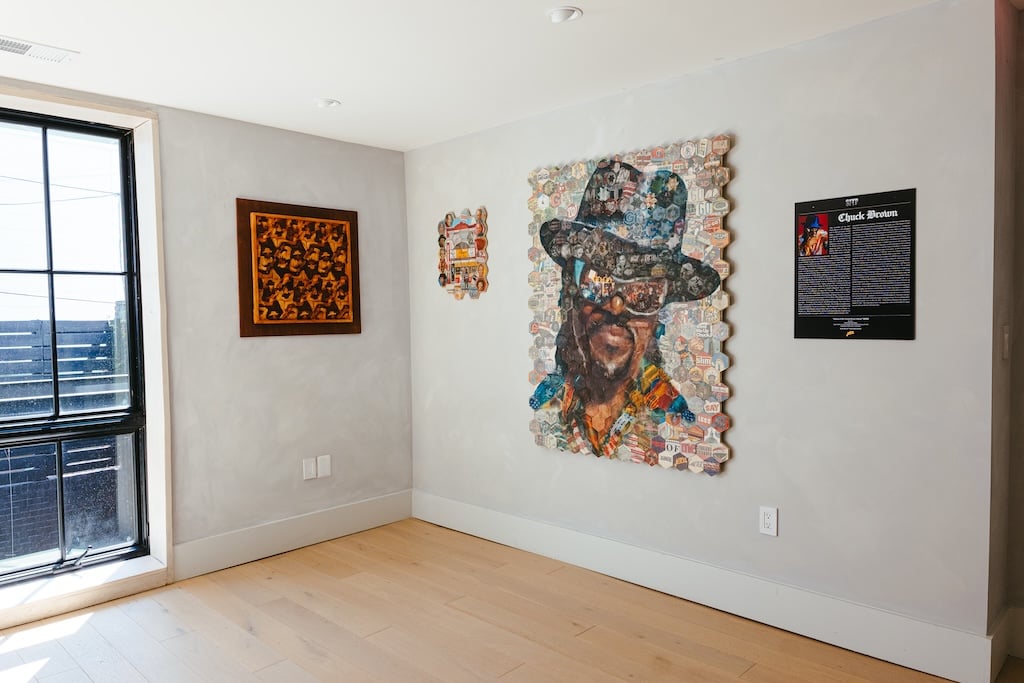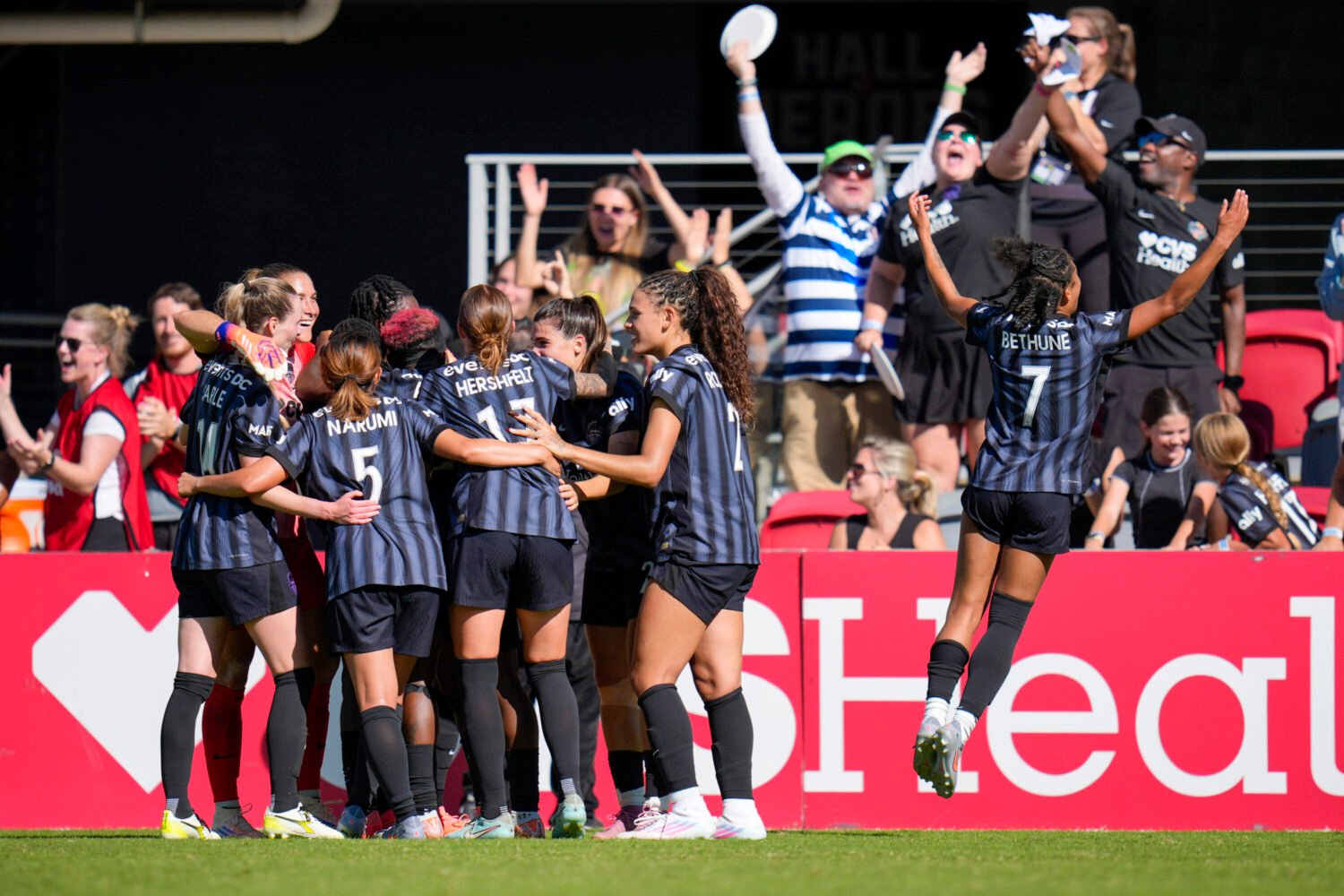Next month, the Kennedy Center’s artistic director for jazz, Jason Moran, will celebrate the 20th anniversary of his trio, the Bandwagon. To mark the occasion, he and his bandmates, bassist Tarus Mateen and drummer Nasheet Waits, will revisit and reimagine their early recordings during a show at the Kennedy Center on November 9. In his work as a pianist and composer, Moran—who lives in New York but oversees the Kennedy Center’s jazz offerings—thrives on experimentation while nodding to jazz traditions. His Kennedy Center programming does the same, nudging a major cultural institution toward a more expansive approach.
You’ve been playing with the Bandwagon for 20 years. Does it feel different than it did when you started?
Well, the first five to eight years, we were really just trying to find the language—the way the band improvises. And I don’t mean just in a solo, I mean how it does everything. We were trying to find the best songs that suited us, the best situations. But we found it mostly through our reckless ability to try to find one another in a dark room. Now we send out pings and everybody’s quick to gather. It’s a lot of fine-tuned listening.
How hard is it to go from being the artistic director for jazz to playing it on the stage of the Kennedy Center?
I know that in DC, and at the Kennedy Center, no matter how much talking I do, I really have to shut up and play piano. [Laughs] That’s what I need. I need that as an artist, and so it’s fun for me.
You’ve made an effort to bring more avant-garde and experimental programming to an institution that has been seen as more conservative. What’s that been like?
You know, history is always going be on your side when entering a cultural institution. Jazz has an extremely rich history in America, so how do you present that? It doesn’t come packaged up in a neat way all the time. [But] the Art Ensemble of Chicago [who perform at the Kennedy Center in December] is celebrating their 50th anniversary, so it’s not like these musicians and these concepts and these compositions are just, you know, “This is what I made up last night on GarageBand. Can I present it?” No, they’ve been working at this for a very, very long time, have spent many decades teaching this work to lots of students who have been profoundly impacted. I want to make sure we become an institution that makes other institutions jealous, but also help show the way about how we can do something. We definitely don’t solve every problem, but we can at least show a commitment level that can give bands some fire and that can give other institutions some fire to feed off of.
Have you ever gotten any pushback?
It just all takes time. An institution of that size can’t shift course quickly, and that’s okay, because it also takes time to build a program that kind of has a stream. I definitely go to certain pools of water frequently. When I first started, Anthony Braxton, I made sure he was in our season, and this year having Art Ensemble of Chicago—I feel like there’s a certain part of that community that is being recognized internationally, and somehow in America there might be a gap. But, you know, it all takes time.
What is your take on the DC jazz scene right now?
It’s been great to really learn about the scene over the years, the history of DC itself and its relationship to jazz. And also Tarus Mateen lives in DC, so when I’m in DC, he’s saying, “This is where I’m playing tonight and this is with who.” You end up meeting the entire scene, because Tarus really lives close to the ground and makes sure he’s kind of in every camp. That has taught me a lot about the hunger of the musicians and the presenters in DC. Now, when a club like Bohemian Caverns closes, it really hits a hard bone in the body, because it has its historical legacy. People gathered at that corner to descend into that basement for decades. It shocks people, because sometimes when you think something is strong, it’ll be there forever, right?
You’ve said you want the Kennedy Center to be a model for other arts institutions in terms of diversity of programming and being forward-looking. Have you achieved that?
I think the Reach is a big step forward, creating a new building that’s scale is smaller, its possibility is different because it now interacts with people, with audiences. What does that look like over the next 40 years? A lot remains to be seen. It’s not just the art that is part of the conversation here. It’s the audience, too, and hopefully the next generation of audiences who are ready to hear and see and witness and also be a part of it and create, they will tell us what needs to happen. We just need to make sure that we still have the ability to be inspired as an institution.
Who do you think is doing really exciting things in the jazz world right now, moving the conversation forward?
I’m always a fan of what [trumpeter] Ambrose Akinmusire has done. I’d say he really innovated something with his band. I listen to him often. We talk often. I like the way he works, because he makes decisions that I don’t think are the best all the time and I like that. [Laughs] You know? He’s a real artist. It’s not easy to digest, so he challenges me. And there’s a young DC pianist whose name is Sequoia Snyder. She was in Betty Carter’s Jazz Ahead earlier this year, and I thought, “Huh. We need to make sure this continues to get heard.” She’s got her finger on the pulse of something else, her generation. And DC piano players are legendary, so I’m curious where she’ll go in the next 20 years. I mean, I’m saying this to you now and then I’m thinking, “Oh, shit. I need to make sure I program them.” [Laughs]
This interview has been edited and condensed.

